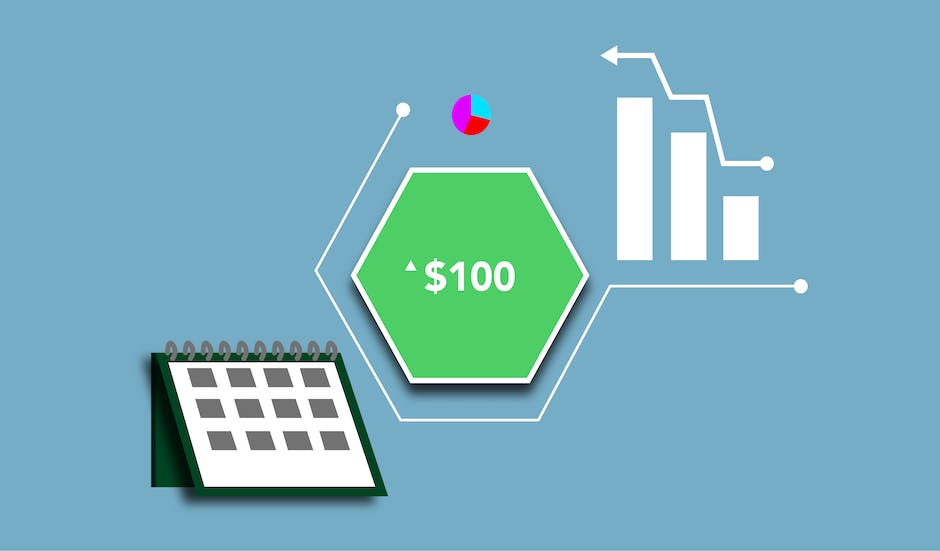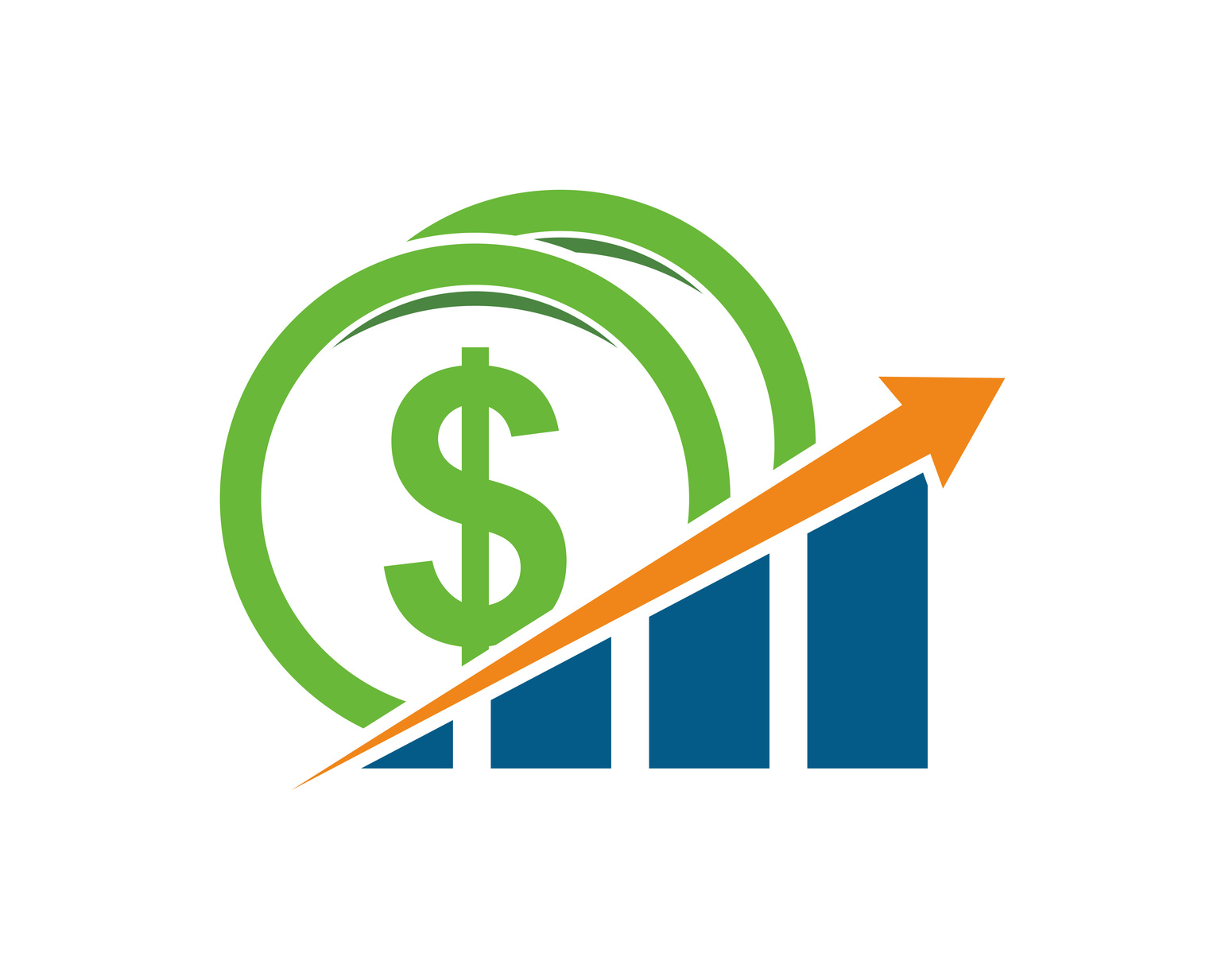As the age-old saying goes, ‘no man plans to fail, he only fails to plan.’ Proper planning for retirement through a well-managed Individual Retirement Account (IRA) is one of the strategies for securing your future financially. Understanding the various types of IRAs, the factors that influence their growth rate, and how to improve these rates are all critical knowledge areas. This information not only equips you with the tools to make informed decisions about your retirement but also exposes you to the prerequisites of achieving the retirement you envision.
Understanding IRA and its Types
Understanding Individual Retirement Accounts (IRA)
Individual Retirement Accounts (IRAs) are investment vehicles used to save and grow funds for retirement. There are several types of IRAs, with the most common being the traditional IRA and Roth IRA. These are designed to offer tax benefits that support the long-term growth of your investments. There are also other less common types like the SEP (Simplified Employee Pension) IRA and SIMPLE (Savings Incentive Match Plan for Employees) IRA. The type of IRA you choose depends on several factors, including your income, age, and individual retirement goals.
Traditional IRA
A traditional IRA allows individuals to make contributions on a pre-tax basis. This means the contributions are deducted from your income before taxes, reducing your taxable income for the year. Earnings within the IRA grow tax-deferred, so you won’t owe taxes on the gains until you start taking distributions in retirement. However, these distributions will be taxed as regular income, and if you withdraw before you reach the age of 59.5, you may be subject to penalties.
The advantage of a traditional IRA is that it lowers your taxable income in the year in which you contribute. However, it requires you to pay taxes in retirement when you might be in a lower tax bracket.
Roth IRA
The Roth IRA works differently, in that your contributions are made with after-tax dollars. While you won’t receive a tax deduction up front like the traditional IRA, your future qualified distributions are tax-free after you reach the age of 59.5 and have held the account for five years. This includes both the original investments and any earnings.
A Roth IRA is advantageous if you expect to be in a higher tax bracket in retirement. However, it limits who can contribute; if your income exceeds certain thresholds, you cannot contribute to a Roth IRA.
SEP IRA and SIMPLE IRA
For self-employed individuals or small-business owners, a SEP IRA or SIMPLE IRA might be a suitable option.
A SEP IRA allows employers to make contributions to their employees’ retirement savings. Employees cannot make contributions and the employer’s contributions are tax-deductible.
SIMPLE IRAs are designed for small businesses and allow both employees and employers to contribute. Like the traditional IRA, tax deductions are made upfront and distributions in retirement are taxed as regular income.
Optimizing Your IRA Rates
Enhancing your IRA rates can be achieved through strategies such as maximizing your annual contributions, diversifying your investment portfolio, and considering a Roth IRA if you qualify and anticipate higher tax rates upon retirement. It’s important to be cognizant of the regulations related to the timing and age for IRA contributions and distributions, as these can significantly impact your investment returns. Adopt a long-term approach to investing to make the most of the benefits of compounding interest and optimize the growth potential of your IRA. For a thorough understanding of your personal financial scenario and retirement plans, consider consulting a financial advisor.

Factors Influencing IRA Rates
Key Influencers of IRA Rates
It’s essential to understand that the growth rate of an Individual Retirement Account (IRA) is dynamic and not fixed. Several components come into play when determining the potential growth of an account over a period of time. Let’s discuss the major ones and how they contribute to optimizing your IRA rates.
Kinds of Investments
The selection of investments is a substantial factor that can influence IRA rates. An array of asset categories, such as stocks, bonds, mutual funds, ETFs, or even real estate, are available. Stocks, although high risk, tend to offer higher possible returns. Conversely, bonds are often viewed as safer but offer comparatively lower returns. Understanding the pros and cons of these types of investments can guide you in making decisions that match your risk tolerance and investment objectives, thereby optimizing your IRA rates.
Investment Strategy
Another critical factor is your investment strategy. Particular strategies make it possible to achieve higher returns. For instance, a diverse portfolio can help protect against volatility and potential losses. Regular contributions to your IRA can also pay off in the long run, as it can benefit from dollar-cost averaging and compound interest. Continuous monitoring and rebalancing of your portfolio to suit changing market conditions can also enhance your IRA growth rate.
Current Economic Conditions
The economic climate has a profound effect on investment returns and hence, your IRA rates. During boom periods, investments, especially in stocks, often perform impressively. In contrast, during downturns, it might be tougher to make profitable investments. However, a savvy investor can still potentially profit in a bear market by investing in recession-resistant sectors or switching to defensive stocks.
The Role of Age and Strategy in Your IRA Rates
Your IRA rates can be significantly influenced by your age and retirement planning strategy. As a general rule, you can afford to take more risks when you’re younger, which may lead to an increased growth in your IRA. Conversely, as you approach retirement, it might be prudent to shift towards stable and lower-risk investments to protect your wealth. By tailoring your IRA investment approach based on your age and retirement timeline, you can better navigate your IRA rates.

Photo by lukechesser on Unsplash
Strategies to Improve IRA Rates
Navigating Your IRA Rates: The Key to Your Retirement Savings
The rate of return on your Individual Retirement Account (IRA) forms a crucial part of your retirement financial plan. Its growth over time is largely contingent on this rate, making it imperative to work towards improving your IRA rates for meeting your retirement financial objectives.
Unlocking the Power of Compounding in IRAs
The power of compounding plays a significant role in improving your IRA rates. Compounding refers to the process where interest is added to the principal, so from that moment on, the interest that has been added also earns interest. This effectively allows your money to grow exponentially over time.
Consistent Contributions: A Key to Boosting IRA Rates
Consistent contributions to your IRA can significantly enhance your retirement savings. It is a simple and effective strategy to improve your IRA rates. Established retirement plans such as the 401(k) utilize consistent contributions, matched by employers, to provide profitability over time.
The contributions you make may be tax-deductible, depending on the type of IRA you choose. This means that you can lower your current tax bill while also saving for retirement over time. Consistency also provides a discipline that allows you to continually invest, regardless of the market trends.
Diversification of Investments and IRA Rates
A mix of various investment options in your IRA can help leverage higher returns. Your IRA does not have to be merely a savings account; it can be an investment account holding an array of different options such as stocks, bonds, mutual funds, and ETFs. The key is to find the right balance that aligns with your risk tolerance and time horizon.
Diversifying your portfolio reduces risk and over-reliance on one investment type and enhances the potential for improved returns. Having an appropriately diversified account is likely to increase your IRA rates over the long term.
Achieving Higher IRA Rates through Long-Term Investing
The path to improving your IRA rates often begins with adopting a long-term investment planning approach. This involves riding out the waves of market cycles with patience and discipline, a strategy that may yield substantial returns over time.
It’s essential to note that retirement planning is long-term and should not be viewed as a quick dash. Not being swayed by short-term market turbulence is crucial to achieving your long-term objectives. Acting impulsively and frequently trading in your IRA during these periods may lead to unanticipated trading costs and potential tax repercussions.
Your long-term vision, paired with your regular contributions, compounded interest, and a variety of investments, allows your portfolio ample time to grow. This approach can result in a higher rate of return, ultimately improving your IRA rates and paving the way to a healthier retirement savings portfolio.

Risks and Precautions
Recognizing the Risks Impacting Your IRA Investment
An informed investor understands the risks associated with Individual Retirement Accounts (IRAs) and how they can affect the growth of your savings. It’s a key part of effectively managing your IRA and enhancing your rates.
One of the primary risks is the inevitable market fluctuation. Your IRA investments can rise or fall in value based on the overall performance of the market. During economic downturns, your investments may suffer considerable losses, which can significantly impact your retirement savings, especially if you need to withdraw funds during these times.
Inflation, the gradual rise in prices of goods and services over time, poses another risk. This can affect your purchasing power and, consequently, decrease the real value of your savings. If the returns on your IRA investments don’t outstrip inflation, you’re essentially losing money in terms of actual value.
Your personal circumstances are subject to change as well, often unexpectedly. Should this require you to withdraw funds prematurely from your IRA, you could face hefty tax penalties, particularly if you’re under the age of 59 ½.
Precautions in IRA Investing
By taking certain precautions, however, it is possible to mitigate these risks and improve your IRA rates.
One precaution is to choose your investments wisely. Your IRA investment mix should be based on your risk profile. If you are young and many years away from retirement, you might want to invest aggressively in higher-risk, higher-return assets such as equities. As you grow older, however, your focus should shift towards safer, lower-return assets like bonds that can provide you a steady income in retirement.
Diversification of your IRA investment is another important factor. Investing in a varied range of assets can help protect against market volatility. If one investment type performs poorly, your losses can be offset by gains in others.
Inflation-protected securities are another excellent addition to your IRA. These are designed to rise with inflation, preserving your purchasing power over retirement.
And finally, be vigilant about needing to withdraw your IRA funds prematurely due to a change in personal circumstances. Try to have an emergency fund built up outside your IRA to cover unexpected expenses so as not to eat into your retirement savings.
By understanding the risks involved in IRA investment and taking necessary precautions, you can successfully improve your IRA rates, ensuring a more secure and prosperous retirement.

A financially secure retirement doesn’t happen by accident; it’s the result of a strategic long-term plan that includes purposeful saving and wise investing. By understanding the dynamics of different types of IRAs and implementing strategies to improve their rates, you can ensure you have a healthy nest egg at your disposal when you retire. However, it is essential to remain cognizant of the inherent risks in investing while maintaining an adaptable approach to cater to the ever-changing market scenarios. After all, securing your future’s financial aspect is not just about moving forward, but also having a flexible plan that evolves according to one’s circumstance and market conditions.

